Previously in this series:
- Understand why you might want to create an online course
- Selecting the right niche for your course topic
- Creating Your Course Content
- Deciding Where to Sell Your Online Course
At this point, course creation is complete and you're thinking about how to avoid the number one risk when it comes to creating an online course: Not getting sales

The science of ensuring that you can sell online courses falls into two broad areas which we will cover in detail:
1. Your Course Site
2. Online Course Business Marketing/Sales Strategy & Tactics
Your Online Course Website
Your Copy
When you sell a course in the online learning industry, you are selling the idea of a transformation. Your student will take your course and emerge at the end with a new skill, mindset, understanding, or motivation which will have a noteworthy impact on their life. It is important to understand:
1) Who your student is - what are their motivations and goals?
2) What exact transformation you are offering through your course?
Once you have these two points figured out, then they should inform your copy - both in terms of tone and messaging. Consistency is key here - if you start mixing analogies, or emphasizing quite different benefits, then you will confuse potential students.
 Virgin Atlantic's copy has always been edgy and tongue in cheek. This is unlikely to work for your
online course brand, but gives you an idea of the sheer range of possibilities when it comes to tone.
Virgin Atlantic's copy has always been edgy and tongue in cheek. This is unlikely to work for your
online course brand, but gives you an idea of the sheer range of possibilities when it comes to tone.
Your Pricing
Pricing is part of your product
You should consider your business model carefully, especially for a new course - are you offering a one-time purchase model or going for a membership site? This can have significant pricing implications. When setting your price, you are also sending a signal. A low price indicates that what you are selling is of low value. Excessive discounts can make potential students suspicious and alienate existing students. Act accordingly.
Your Sales Page
A sales page, also known as a landing page, is where potential customers become actual customers. This is the point from which you sell your online course. Naturally, this page needs to be clear. It's useful to think of this page as a conversation with your customer. What questions will they have? What objections might they throw out? You should look to answer and reassure on your landing page. Here's a formula:
- Show you understand the student's problem (e.g. "I don't know technology X which means I am less likely to get a great job"). Highlight the pain points.
- Show that you are the guide to help them address this problem through a combination of empathy and demonstrations of your authority and expertise in this area
- Show you have a plan - a clear process for their transformation, and an agreement on what specifics you will teach in your course (i.e. your curriculum). This should include things like the learning outcomes.
- Show you understand what success looks like for your potential student and how you will help them avoid failure
- Have a clear call to action

Content Mix
Having engaging content on your course website both before and after a student signs up is another important way to improve your course sales. You don't just want walls of text but also images, quotes, gifs, bullet points, and videos.
Great ways to show authority include customer testimonials, trust pilot reviews, and social share stats. These can also create visually appealing "pops" on your landing page. It's also useful to have "about the author" course pages or landing page sections where you detail your course author(s) backgrounds - humanize yourself with a photo (or better yet, video), and add plenty of detail. Students want to know who they are learning from!
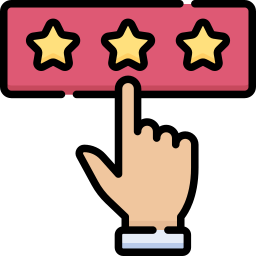
More Resources Here's marketing expert Justin Jackson's landing page cheat sheet
Marketing & Sales Tactics
Growing Your Audience
If you are serious about making a good living from your online courses, building an audience is the logical place to put your effort. This also has the added benefit of improving your personal branding, as well as setting your online business up for the long-term.
Audience is the new currency
The days of "build it and they will come" are gone. To be honest, those days never existed. There are plenty of approaches to generate traffic if you don't have an audience already which we discuss below, but they tend to involve spending money (e.g. through ads). A more sustainable approach is to really double down on audience building as described in this podcast with Anthony "pomp" Pomliano.

Tactics List
Here is the complete sales & marketing tactics list for course creators. We will go step-by-step through each of them below. These are derived from the excellent book Traction. The key principle to understand here is that some of these approaches will work for you and some will not. It depends a lot on your natural talents e.g. are you a good writer or presenter, do you have an analytical mind for running ad campaigns, are you a natural extravert good at building connections, do you have a knack for sales. You may already have a strong understanding of some of these channels. Nonetheless, it is worth trying those options that you wouldn't normally consider so that you can find the traction approach which suits your course audience best. Just don't try them all at once!
- Search Engine Optimization (SEO)
- Content Marketing
- Email Marketing - newsletters
- Podcasting
- Search Engine Marketing (SEM)
- Social & Display Ads
- Social Media & Word of Mouth
- Engineering as Marketing (AKA growth hacking)
- Direct Sales
- Targeting blogs
- Publicity
- Offline Ads
- Affiliate Programs
- Offline Events & Conferences
Search Engine Optimization (SEO)
SEO is the process of improving your ranking in Google (and other search engine) results, or Search Engine Result Pages (SERPs). This allows you to build on value you might be creating via other tactics, such as content marketing or publicity. For this reason, your SEO and your content marketing (which we will discuss next) should be carefully aligned. This is a cornerstone of digital marketing.
There are two key areas to consider with SEO: 1) On-page SEO - this is ensuring that your page structure is easy to crawl (ensuring that your page titles, h1 tags, and meta tags are all in place) and that the content on your blog is structured around topics your target audience are likely to search for and derive value from.
2) Off-page SEO. This basically comes down to other sites linking to yours. This is one of the key ways search engines decide that your site is an "authority" on a topic, kind of like an upvote system.
SEO is a big old topic, but if you can arm yourself with a basic understanding of it, you will spin your wheels far less when it comes to content marketing.

Further references:
- Moz's Beginner's Guide to SEO
- Ahref's Guide to Keyword Research
- Monica Lent's list of link building tactics
Content Marketing
Sometimes this tactic can feel overwhelming. Just remember, it's fundamentally about creating value for current and potential users. That's it.
Then there are the nitty-gritty details, things like:
- The sort of content you are going to publish - blogging pithy listicles or detailed guides, TikTok dances, Twitch live streams, webinars, youtube videos - there are many forms of content. Experiment.
- The tone of your content - formal vs. informal, beginner-focused vs. advanced, technical vs. non-technical
- Your positioning - linked to your tone, are you a scrappy one person band taking on the establishment or perhaps targeting specific sub-culture.
These will all form your brand, and your content should reinforce this in a predictable cycle. This way your audience comes to trust you and know what to expect from you, as a result, they will be much more likely to buy from you.
Consistency is key with content marketing. This blog is a form of content marketing. Notice that the posts are regular - this is not a coincidence.
Further references:
Email Marketing
Rumors of the death of email are greatly exaggerated. Email lists are still king.
Email marketing can be used for all stages of the customer life cycle: building familiarity with prospects, acquiring customers, and retaining the customers you already have.
Traction
When you combine SEO, content marketing and email marketing, you can create a very powerful combination. If you offer users access to valuable content via a mailing list or newsletter they can subscribe to, you can build a following over time. The newsletter is a tried and tested way to build up a loyal audience, but its model is still constantly being iterated on, and paid newsletters as an actual business rather than just as a lead is becoming more common.
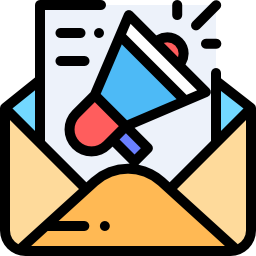
Lead Magnets
A common practice for email marketing is to have a "lead magnet", which is a flagship piece of content you offer potential students in exchange for their email address. This could be a pdf ebook, access to an exclusive course or slack channel, or worksheets.
When it comes to online courses, having an email list is a very powerful lever that allows you to run presales campaigns, get beta testers, check ideas, and run seasonal sales.
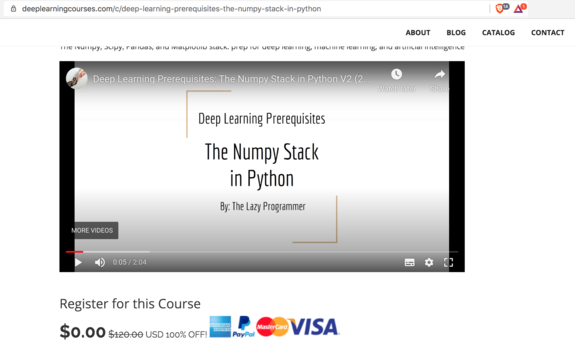 Lazy Programmer offers an entire course as free content (i.e. a lead magnet) -
this is obviously a very advanced technique
Lazy Programmer offers an entire course as free content (i.e. a lead magnet) -
this is obviously a very advanced technique
Further References
Podcasting
It's never been easier to create a podcast. In a way, this is an advanced form of content marketing. But don't think you necessarily have to create the podcast, appearing as a guest on podcasts can also be a great way to connect with your course's potential audience.
Search Engine Marketing (SEM)
SEM, or search engine marketing, is using paid advertising to ensure that your course is visible in search engine results pages (SERPs)
If you know what you are doing, or are prepared to put in the work learning how to create effective Google ads, then this channel can be a way to generate course sales when you have no existing audience.

Further References
Social & Display Ads
Many social platforms will allow you to target potential course students with ads very effectively. Whilst Instagram and Facebook ads may be expensive and over-utilized, they can work given enough time and research (facebook groups can be particularly effective). Less popular platforms for ads, such as Reddit, LinkedIn, Pinterest, and twitter can all offer decent click through rates. Like SEM, this is another way to drum up traffic if you are starting from zero and have a little money to spend.
Further Reading
Social Media & Word of Mouth
Not all social media is for everyone. I can't stand Facebook, but I'm a bit partial to LinkedIn. Play around with the options out there, find the place that you feel more natural operating in, and then grow your presence. Wrote a cool post? Create a useful snippet you can post in multiple social media channels.
Leverage your existing contacts, professional and personal. If you have people in your circle who have audiences who would be interested in your course content, ask them to help you spread the word!
Finally, nothing beats word of mouth. If you have students who promote your content of their own volition this can be extremely powerful. Note, this is a great reason to offer completion certificates to your courses, as they are the sort of thing that students share on sites like LinkedIn. This is something Udemy is good at.
Further Reading
- Here's how Harry Dry grew his social media and email list from nothing, with no ads.
Engineering as Marketing (AKA growth hacking)
If you are technical or are willing to pay/beg for technical assistance, then creating products that your potential students would find valuable and seek out can be a great growth hack.
Here's how Netlify do this with their open-source HeadlessCMS comparison site
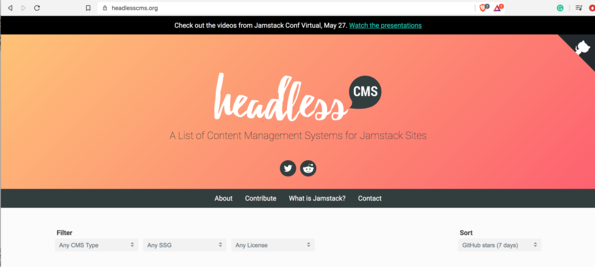
Direct Sales
This is just good old cold outreach. Email people. Use LinkedIn paid "InMail". Pick up the phone. It's brutal, but it works. Be sure to follow up with anyone who replies! This can be particularly effective for courses with a high price point. It is also effective for a course topic that centers around a compliance requirement.
Further Reading
Targeting blogs
This is asking other people who already have an audience to talk about your online course. This is likely someone who is an influencer in your course's niche. Offer to pay them! Or give them free access and ask for a review. Comment on their content and build rapport. A single post or mention from someone who is big in your niche can really move the needle for your sales.
Publicity
Publicity is about getting featured on major news sites. This can serve a double purpose of adding authority and credibility to your online course. There's no magic formula to getting featured on these sites, but a key thing to do is make sure you are posting your content in places like Hacker News and Product Hunt, which journalists from news sites like TechCrunch monitor for things that might be work picking up.
References
- Syften's Hacker News Posting Guide
Offline Ads
Radio, TV, billboards...these are all still options! It seems so antiquated now that it might actually be worth giving a shot since it will be so unusual.
Affiliate Programs
Affiliate marketing is when you promote other companies’ products. You can allow affiliates to promote your online course and then offer them a commission in the event of a sale.
Many online course platforms (Thinkific, Teachable, CourseMaker) will allow you to set up affiliate links. You can then reach out to influencers in your niche and see if they are interested in being an affiliate.
It's a deep rabbit hole, but some people have made a lot of money going down this path.
Reference
###n Offline Events & Conferences
In 2020 in-person meetups have obviously taken a hit due to COVID-19, but events are still happening virtually. In many ways, now is a far less intimidating time to volunteer to do a talk since it will probably be via Zoom! Start with small events and then gradually work your way up. If you have a colleague who has done a talk before, ask them to recommend you or do a joint talk (this is what I did). This can be a great way to raise awareness about your online course, and also improve your credentials (which you can use in your sales copy).
Thinking in Terms of Sales Funnels
We've just been through a long list of tactics. The secret is to combine and chain these into effective sales funnels.
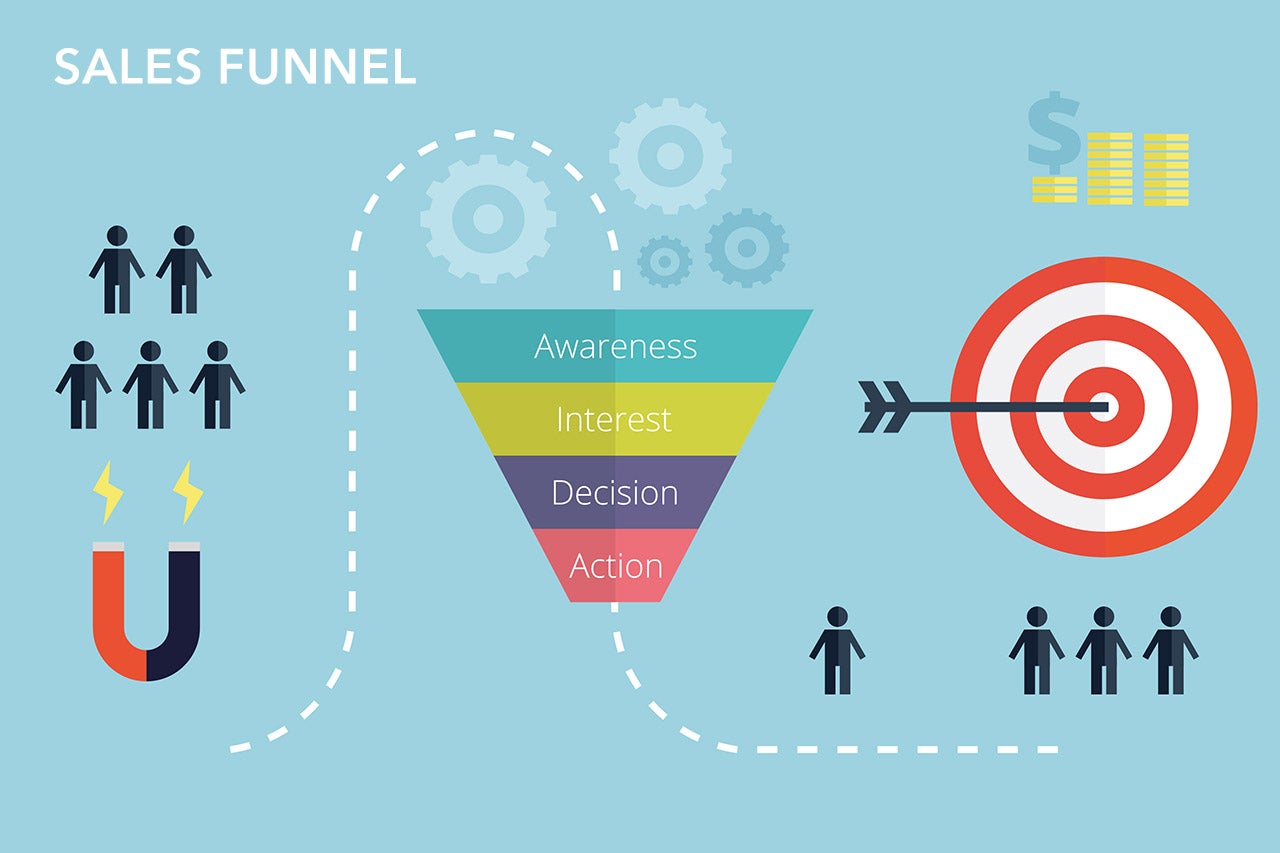 Source: entrepreneur.com
Source: entrepreneur.com
This is the classic "AIDA" formula (Awareness, Interest, Decision, Action). Potential students may not hear about your course launch immediately, your course sales page may not have a great conversion rate - but if you are collecting email addresses, your brand is appearing on multiple platforms, then you will be able to move more potential students down the funnel. You can also run marketing campaigns to drive extra traffic through a given sales funnel, and also to experiment with variations. Sales funnel experimentation is particularly important when you are selling via your own website, rather than on a marketplace.
This is not something "slimy" or "sleazy" that you should feel bad about. You have worked hard to build an online course that will add value to people's lives - help them find it!
Good luck and always be closing ;)
